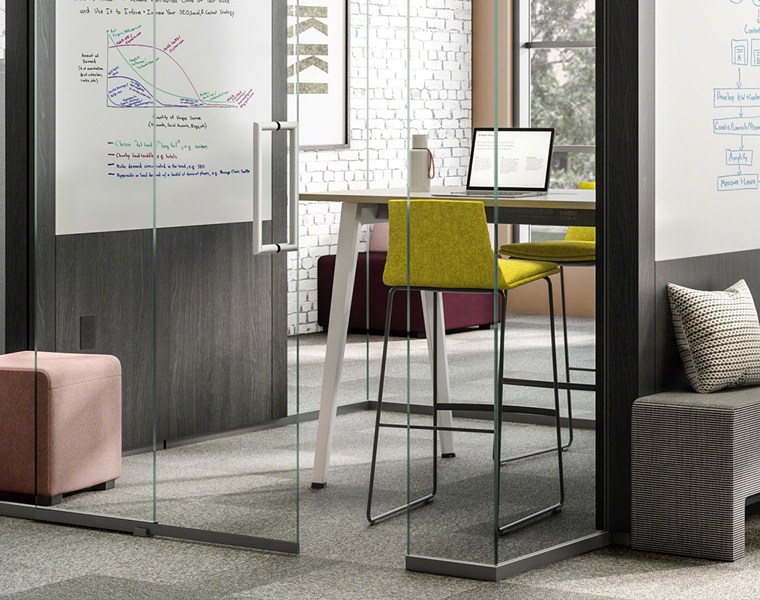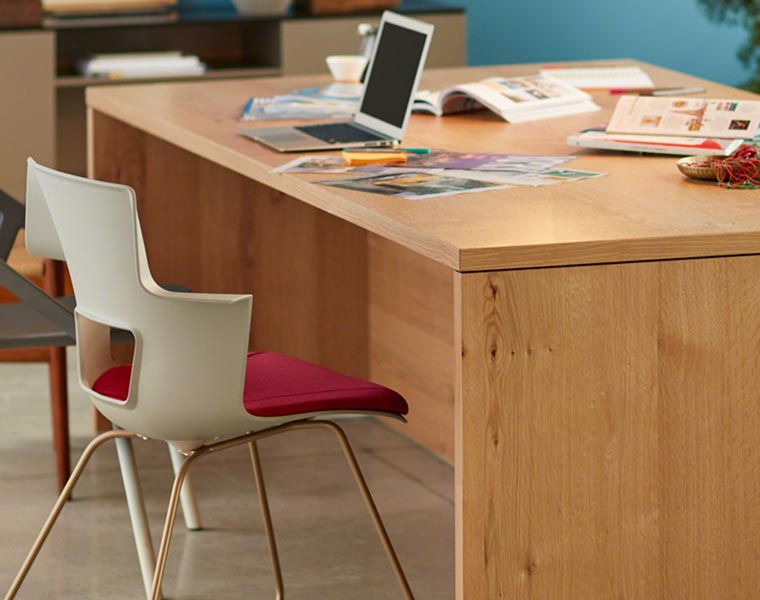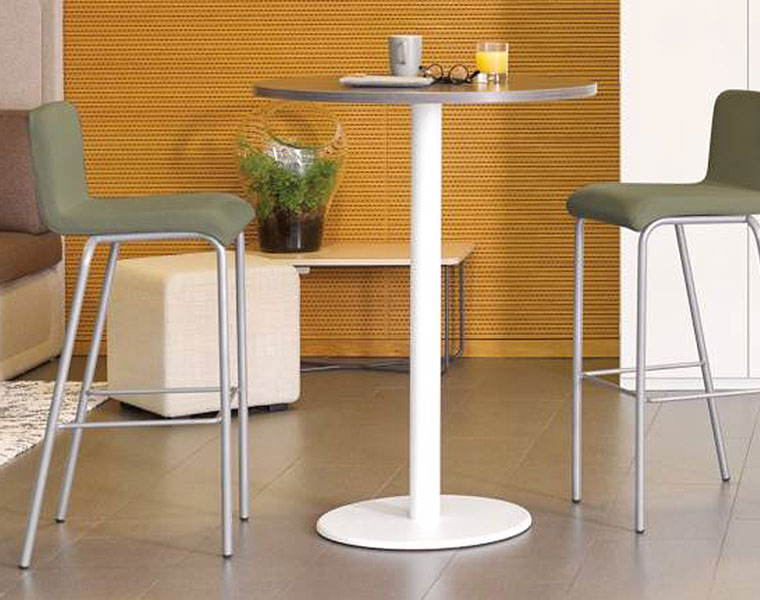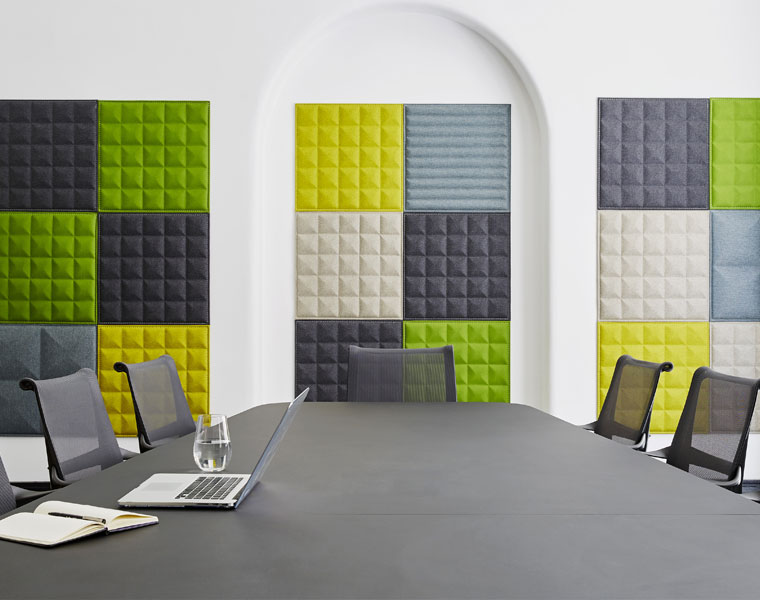In a nutshell, a huddle room is a small, informal work setting which provides a more intimate alternative to your standard meeting or conference room. Huddle spaces seem to be increasing in popularity as the concept of teamwork continues to evolve. In this blog post, we’ll discuss the benefits of incorporating this type of feature in your office fit out, such as:
- Making agile working more efficient
- Workplace fit out projects on a budget
- Enabling users to be more creative and collaborative on their feet
- Responding to the decline of the traditional hierarchy
What is a huddle room?
Also known as ‘thinking spaces’, huddle rooms are small settings within the larger workspace which are designed for use by around 3-6 people. They are meant to be less formal than traditional meeting rooms and provide a middle-ground between structured meeting rooms and dynamic collaboration spaces.
Huddle rooms are typically used for intimate conversations, closed collaboration, impromptu meetings and uninterrupted idea-sharing. With the advancements in things like portable power, huddle rooms have become much smarter and therefore more popular.
Benefits of having a huddle room
According to research by global manufacturer, Steelcase, 70% of ideas are generated when working with someone else. This, combined with the growing profile of the hyper-collaborative work era means that more diverse meeting and collaboration spaces are required and huddle spaces are a great solution.
Why have a huddle?
They’re cheaper – creating meeting and conference rooms can be extremely expensive so huddle spaces are a more budget-friendly alternative.
They don’t need to be booked – by nature, huddle rooms are spontaneous and designed to work as a well-equipped touchdown space so therefore don’t need to be restricted by booking systems.
They allow for more spontaneous work – employees can react to sparks of creativity, impromptu meetings and on-the-spot thinking more effectively.
Help boosting concentration – this type of setting is a great way to go to escape audio and visual distraction and therefore improve concentration levels and focus. This also makes huddle rooms beneficial when combatting the negatives of an open plan working environment.
Catering for different personality types – a more intimate meeting and collaboration space is the perfect way to accommodate introverts who might feel less comfortable in larger, open settings with more people around.
What to include in huddle room design?
If you have access to the space and the finances, we would recommend providing the choice between a ‘smart huddle room’ and a standard huddle space. The smart version would appeal to those who prefer to work digitally, using technology and the standard version would accommodate those who prefer to collaborate and share ideas through analogue means.
- Video conferencing facilities – huddle rooms are expected to represent nearly 70% of all VC meetings by 2022
- A high definition monitor or screen (to use for video conferencing, screen sharing or displaying information)
- A small, non-intrusive table to ‘huddle’ or gather around – either seated or standing poseur height
- Stools or chairs for those who would prefer to be seated
- Interactive smartboard or regular whiteboard to aid collaboration and idea-sharing
- Screen-sharing technology so that participants can quickly and easily display information
- Integrated data and power so people can connect and power up
Other things you could consider:
- A streamline coat stand to help keep the space clutter-free when people are using it as a touchdown space on their way in or out of the workplace
- Pens, paper and sticky notes for if it is being used as a transition space where users may not necessarily be carrying the resources they might need
- Office acoustic solutions to help dampen out any background noise
- Transparent walls so as not to shrink the space and to nurture a transparent company culture








